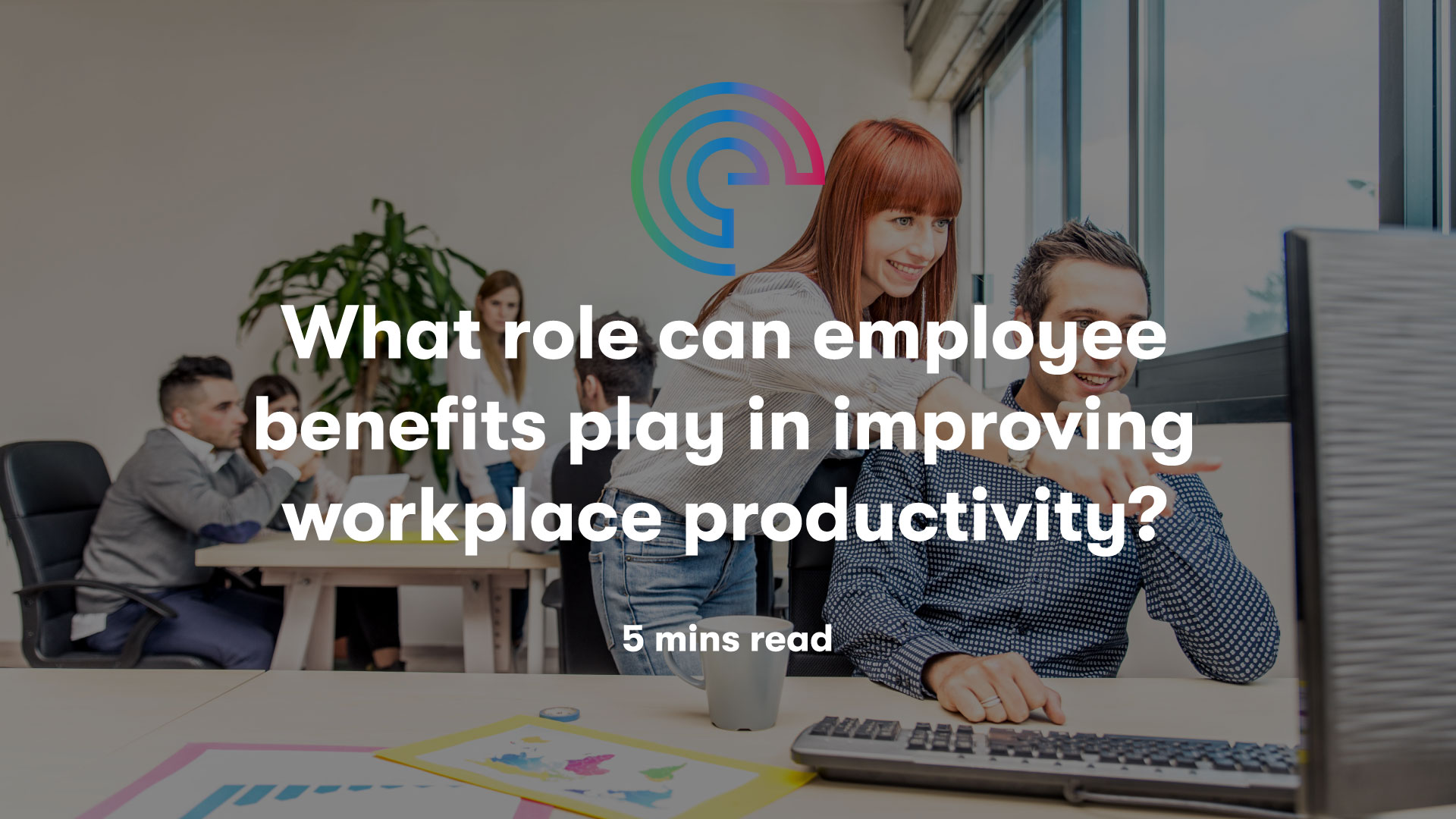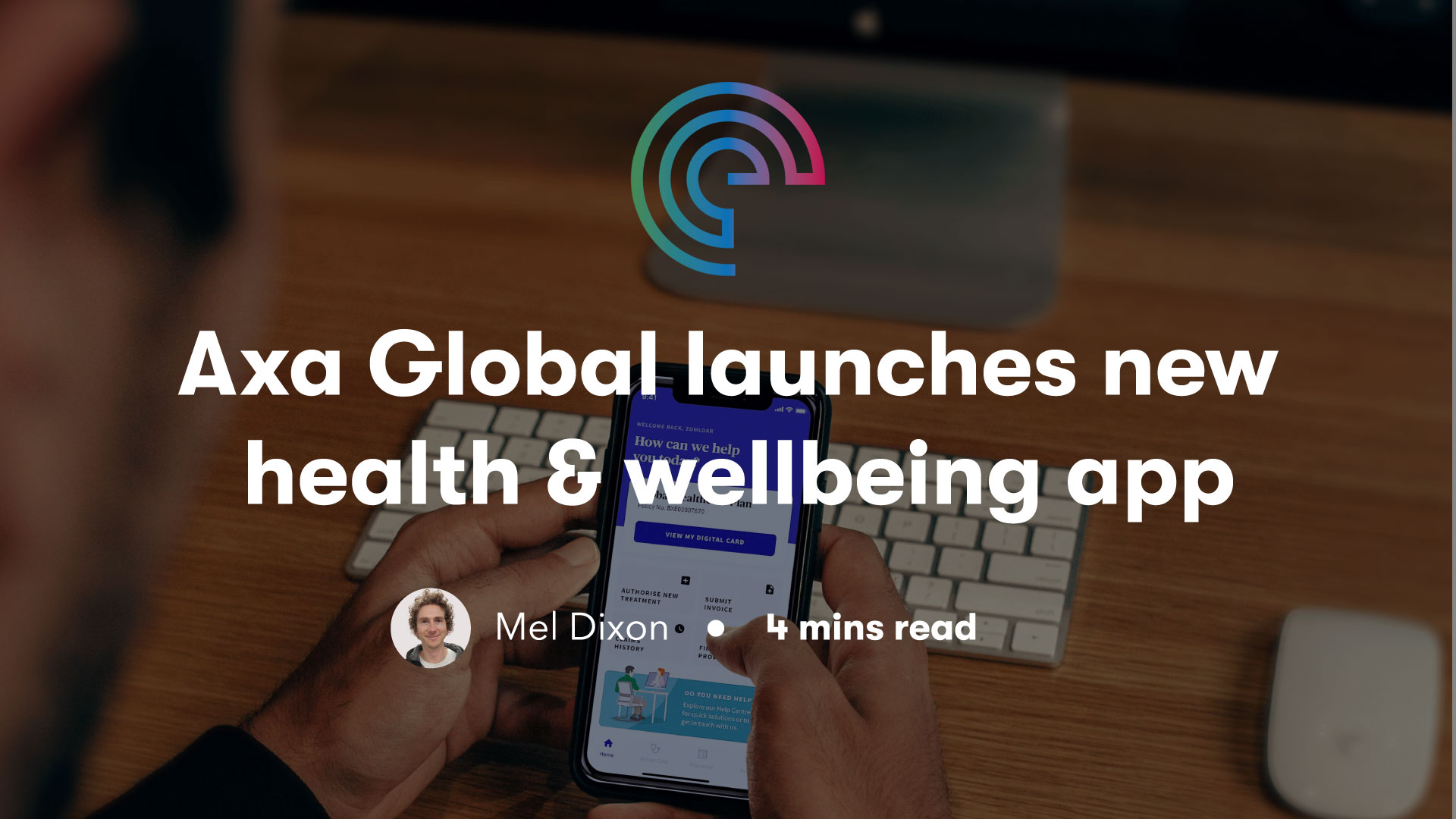Let’s face it, 2020 has been extremely challenging for HR decision makers. Employee safety and wellbeing have become the number one topic in organisations and senior management teams have had to move mountains to adapt working processes to cope.
One of the most prominent changes has been in the number of employees who are working from home. And people seem to like this new arrangement. According to a March 2020 survey by Glassdoor, 67% of UK employees felt that they could be just as productive and benefit from the work-life balance and flexibility that comes with working from home. So if people’s attitudes are changing, what does this mean for an organisation’s employee benefits strategy?
Of course, not all employees can or should work from home. But the pandemic has certainly erased assumptions that companies had about the necessity of all of their staff to be in their place of work to get the job done. Information gathered by the Chartered Institute of Personnel and Development suggests that 61% of employees who were not furloughed in April were working from home on a full-time basis. That’s an increase from 24% before the pandemic hit. If there’s anything certain in all of this uncertainty, HR departments can expect a future increase in the number of flexible working requests that they receive on the issue of working from home.
Radical shifts in thinking are not just the preserve of employees who are wondering if working from home could be the ‘new normal’ for them. With dangers of financial losses from reduced trading in all kinds of sectors, senior managers are looking at empty offices and asking themselves if they’re all really needed when technology can carry the communications load.
Is your employee benefits strategy still fit for purpose?
Going beneath people’s desire to work from home reveals all sorts of emerging attitudes about wanting to feel safe and wanting to protect their families and others. But it has also resulted in people valuing some extra time with their loved ones or getting more work done and rejecting the prospect of returning to the dreaded commute. It’s not unreasonable for employees to ask for their changes in attitudes to be supported by their employers.
From the company point of view, the debate revolves around the advantages and disadvantages of working from home versus the costs of paying for office space. Increasing home working options removes understandable concerns associated with social distancing, wearing face masks and using communal areas. And if people do go back to work in the same numbers, companies may also need to consider improved ventilation and additional cleaning, which only adds to the costs of what may already be an expensive line item.
The other aspect of a review of employee benefits revolves around employee costs. Sickness absence costs have probably risen and there may well have been an increase in demand by employees for wellbeing services such as counselling, occupational health consultations and health screenings. The pandemic has increased levels of anxiety and prevented people from getting their usual access to NHS medical and dental services, leading to further health problems. If your benefits strategy has no provision for these types of services, it may be time to ask for advice on what is available.
Return on investment on employee benefits
Achieving the best value for your employee benefits package doesn’t have to mean that values are compromised. For example, the trend for open plan spaces and smaller working spaces has compromised people’s privacy. A hard edged business proposal to reduce office space and redirect that savings into a revised benefits strategy may be pushing on an open door as far as employees are concerned.
There’s no doubt that flexible working, including home working, is a benefit in itself. A successful review, though, should take account of the kinds of benefits that home and other workers are likely to value these days. Some examples are:
- Dental plans – The pandemic has reduced access to dental services so funded dental plans will help employees to be treated more quickly when dentists open up fully.
- Business Health Insurance – There are all sorts of packages for all sorts of budgets but the most successful option will focus on the explicit health needs of the workforce.
- Group Income Protection – The media has covered the real worries that employees have had about being off sick without sufficient sick pay. Income protection can help workers to feel more secure and less stressed.
- Group Health Cash Plans – These are low cost and can provide a range of benefits to help employees cover the cost of eyes tests, dental work and initial consultations or tests to help get staff diagnosed and back to work quickly. They also often come with an Employee Assistance Programme included, which provides mental health support and, where needed, face to face counselling for employee struggling with their mental health, financial worries and a range of other issues.
To argue successfully for a change in your company’s employee benefits strategy, it’s crucial to bring some number crunching to the table. A thorough analysis may include the following:
- The impact of employee benefits on engagement, motivation and productivity
- Costs that can be saved or expenditure that can be moved into employee benefits – for example, reduced sickness absence levels or reduced office space
- The key reasons why the proposal is required to allow the company to adapt for the better
- Acknowledgement of any potential disadvantages or risks, with proposed actions ready to remove or reduce them.
One route that can assist is an independent review of your current benefits package and what changes you would like to make. Our consultations are designed to analyse at a critical level the employee benefits options that would fit your company’s organisational needs and your employee’s changing desires.
At Engage Health Group, we work across the health and wellbeing marketplace to ensure you find the right policies at the right price, and ensure your whole benefits package provides prices from across the market.
Contact our expert team at [email protected] or call 01273 974419 for FREE no-obligation advice and support.









